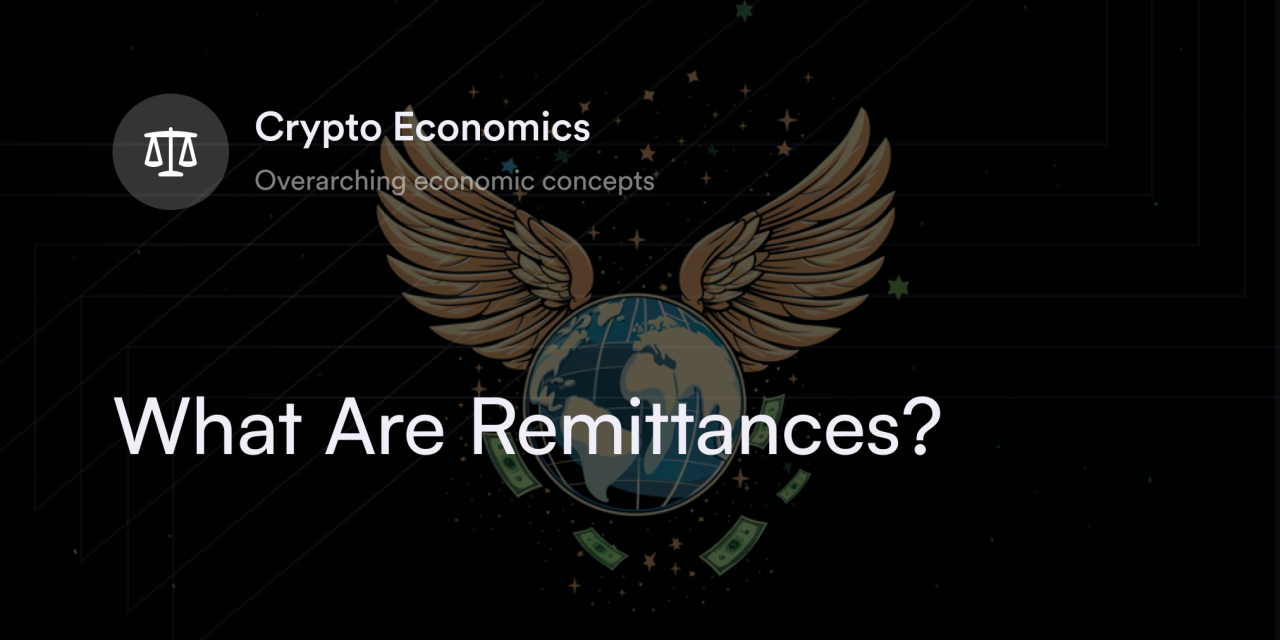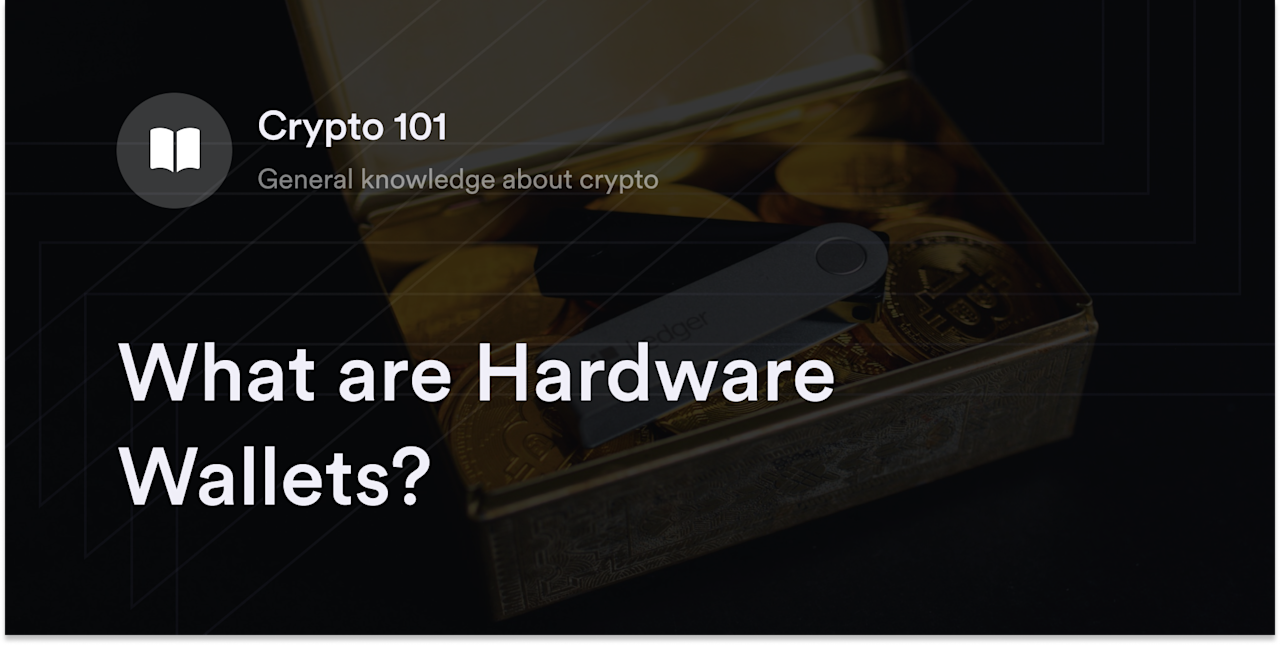


As travel and technology unite the world, more people than ever before are on the move and contribute to economic growth on a global scale.
Estimates suggest migrants account for at least 4% of the global population. This increase in foreign workers means a greater demand for hi-tech solutions offering swift and secure cross-border payments.
Typically, migrants “remit” money from a foreign location to family members in their country of origin. And these international transfer services serve as a lifeline for families in developing nations.
Learn what remittances are and what role cryptocurrencies can play in international payment services.
What are Remittances Used for?
Before we dive into remittance’s use cases, let’s review what they are.
Broadly speaking, remittances typically include international transfers of goods unrelated to commercial activities. When people send funds across borders without a product or services expectation, they might be sending a remittance. For example, parents in Mexico could send a remittance payment to their daughter studying in the Philippines. Remittances could also take the form of shipments of non-cash items, such as cell phones, clothes, or computers.
However, with global immigration’s rise, the term remittance (also called personal remittances) became more closely associated with cross-border money transfers from migrants to their families.
How do People Send International Remittances?
Although migrant workers could send physical cash or checks to their recipients, it's increasingly common to use electronic payment services. Not only are e-cash systems faster, but they also tend to be more theft-resistant than sending paper money in the mail, which is not recommended and should be avoided. In fact, the global digital remittances market records almost 7% growth per year and already accounts for $132 billion in annual transactions.
Many people work with dozens of financial institutions, fintech platforms, and service providers for global remittance payments. However, most services connect the sender to their recipient through a partner bank network. When a migrant worker sends funds through a remittance provider, the money typically passes through multiple banks until it reaches its final destination. Senders pay each financial institution transaction and foreign exchange fees throughout this international journey. The average remittance cost is 7% of the total transfer price.
A bank transfer is a remittance type where payers send their money through a bank to their recipient's preferred financial institution. Since remittances are often international payments, these transactions use globally accepted payment rails, such as the Society for Worldwide Interbank Financial Telecommunication (SWIFT), to connect banking providers. Whoever receives the remittance in a bank transfer sees the funds directly in their checking or savings account.
Although bank transfers are a standard method for remittance payments, some fintech apps like PayPal offer international transfers. It's also possible for remittance senders to use alternative methods such as mobile money or cryptocurrencies. Mobile money is a financial service that some telecom companies offer to exchange funds using cell phone accounts. People with a mobile money service, such as Kenya's M-Pesa, use cell phone numbers similar to bank account numbers. Typically, mobile money users send funds on their phones to a relative as they would a text message.
Cryptocurrencies are similar to mobile money but aren't connected to cell phone data plans and don't send fiat currencies, such as the U.S. dollar. Instead, cryptocurrencies like Bitcoin (BTC) run on decentralized computer networks called blockchains. People who send cryptocurrencies as remittances need their recipient’s crypto wallet address and the desired digital currency. Once a migrant worker has this information, they send the chosen cryptocurrency to the recipient over the blockchain in a direct peer-to-peer (P2P) fashion.
Why are Migrant Remittances Important?
Remittance payments are a significant income source for many developing nations. For instance, The World Bank estimates approximately $626 billion in annual remittance flows. A large percentage of these funds help support families in emerging markets, and research suggests a direct correlation between total remittances and poverty. The United Nations, for example, discovered every 10% increase in remittance inflows to a nation's gross domestic product (GDP) equals a 1.6% decline in families living below the poverty line. The more people in developing countries have access to capital, the more likely it is to stimulate economic activity and empowerment in these regions.
What Percent of Remittances are Crypto?
Cryptocurrencies account for approximately 1% of the total remittance transfers. Although the amount of money in crypto remittances is small, polls suggest a growing interest in using coins and tokens for cross-border transactions. For example, a PYMNTS survey discovered 23% of people used cryptocurrency to make cross-border transactions.
New services, such as the Bitcoin Lightning Network, openly target the remittance payment market. Built on top of Bitcoin's blockchain, the Lightning Network (LN) is similar to a debit system where users lock a set amount of Bitcoin and transfer it between other LN users. LN transactions are faster and cheaper than on Bitcoin's main blockchain, making it a more convenient option for cross-border payments.
In 2022, the Bitcoin LN announced integrations with fiat services, such as CoinCorner, to help people transfer currencies, such as the U.K.'s pound sterling and the Nigerian naira. The total deposited Bitcoins on the LN surpassed 5,000 BTC in the same year. If these developments continue, some economists believe cryptocurrencies may account for a larger share of the total remittances market.
What are the Benefits of Crypto Remittances?
Cryptocurrencies can help remove a lot of friction in the current remittance payments market. Here are a few pros of relying on digital currencies for remittances:
Fast transaction finality: International transfers typically take 1–5 business days to clear, making cryptocurrency remittances a quicker alternative. Even on slower blockchains like Bitcoin, transactions usually don't take more than one hour. Some cryptocurrencies (e.g., Solana, Polygon, and Cardano) are known for confirming transactions in a few seconds.
Open 24/7: The internet never closes, so people can immediately send their digital currencies globally. Generally, the second after a person submits their cryptocurrency payment, it transfers to the blockchain and goes to the recipient's wallet.
Transaction costs are cheaper: On average, remittances cost 7% of a sender's total funds, including foreign exchange rates and convenience fees. Conversely, some popular cryptocurrencies, such as BNB and ADA, typically cost a few pennies in transaction fees. Also, layer-2 scaling solutions, such as Polygon and the Bitcoin Lightning Network, make sending mainstream cryptocurrencies like Ethereum (ETH) or BTC much less expensive.
No intermediaries: Cryptocurrencies don't pass through central authorities like banks or fintech companies. Instead, decentralized network computers (or nodes) broadcast and record crypto transfers. The decentralization of blockchain protocols makes cryptocurrencies a censorship-resistant way to send remittances.
What are the Drawbacks of Crypto Remittances?
Although digital assets have potential benefits for remittance senders, there are risks to consider. Here are a few of them:
Unclear international regulations: There's no internationally accepted cryptocurrency policy, and each nation regulates these transfers differently. For example, El Salvador treats Bitcoin as legal tender, but China banned all cryptocurrencies. These legitimate concerns may make it challenging to send cryptocurrencies to certain jurisdictions.
Requires technical expertise: Sending cryptocurrency isn't as intuitive as submitting a wire transfer or using a fintech app. People must learn the basics of downloading a wallet, copying blockchain addresses, and moving funds to crypto exchanges to manage their crypto remittances safely.
Prone to hacks and scams: Many scammers and hackers exist in the cryptocurrency world. People who use virtual currencies for remittances must be extra cautious when sending their digital funds online.
No insurance protections: No banks or companies police cryptocurrency transfers, meaning zero insurance policies. If remittance senders lose their crypto funds, their coins or tokens are likely gone for good.
Find out how to use Crypto with dYdX
Learn all about buying, sending, and selling cryptocurrencies as well as domestic or international money transfers with dYdX’s beginner-friendly guides in our academy. These guides may help answer all the essential questions on safely storing and using cryptocurrencies.
If you’re interested in trading cryptocurrencies, head to our blog and learn how our decentralized exchange provides you access to cryptocurrency perpetual contracts. Eligible participants with a compatible Ethereum wallet can access deep market liquidity and up to 20x leverage on their trades.
Start trading on dYdX today!
Disclaimer
The content of this article (the “Article”) is provided for general informational purposes only. Reference to any specific strategy, technique, product, service, or entity does not constitute an endorsement or recommendation by dYdX Trading Inc., or any affiliate, agent, or representative thereof (“dYdX”). Use of strategies, techniques, products or services referenced in this Article may involve material risks, including the risk of financial losses arising from the volatility, operational loss, or nonconsensual liquidation of digital assets. The content of this Article does not constitute, and should not be considered, construed, or relied upon as, financial advice, legal advice, tax advice, investment advice, or advice of any other nature; and the content of this Article is not an offer, solicitation or call to action to make any investment, or purchase any crypto asset, of any kind. dYdX makes no representation, assurance or guarantee as to the accuracy, completeness, timeliness, suitability, or validity of any information in this Article or any third-party website that may be linked to it. You are solely responsible for conducting independent research, performing due diligence, and/or seeking advice from a professional advisor prior to taking any financial, tax, legal, or investment action.
You may only use the dYdX Services in compliance with the dYdX Terms of Use available here, including the geographic restrictions therein.
Any applicable sponsorship in connection with this Article will be disclosed, and any reference to a sponsor in this Article is for disclosure purposes, or informational in nature, and in any event is not a call to action to make an investment, acquire a service or product, or purchase crypto assets. This Article does not offer the purchase or sale of any financial instruments or related services.
By accessing this Article and taking any action in connection with the information contained in this Article, you agree that dYdX is not responsible, directly or indirectly, for any errors, omissions, or delays related to this Article, or any damage, injury, or loss incurred in connection with use of or reliance on the content of this Article, including any specific strategy, technique, product, service, or entity that may be referenced in the Article.







